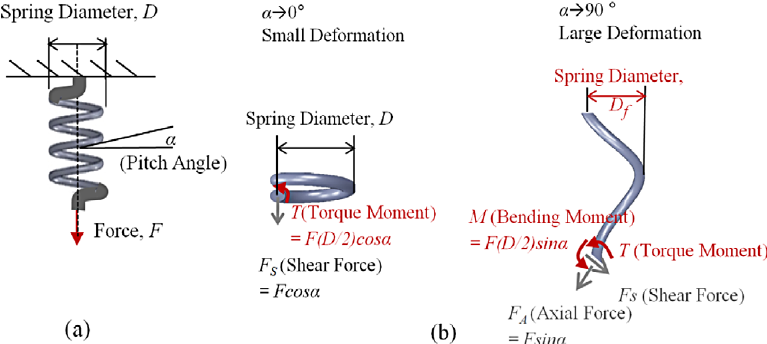I have for most of my life, managed to avoid knowing much about springs and spring theory. I takes them out and I puts them in.
My current quest to understand helical compression springs comes from trying to understand what would be accomplished by "cut 1/3 of the active coils off the spring and stretch the remainder out to the original length". The purpose of the spring butchery is ostensibly to reduce the amount of force required to activate the mechanism, however the tiny bit of spring theory I believe to have a passing understanding of, would stand in complete opposition to that course of action. Cutting the spring increases the required force to obtain a given deflection, no?
Isn't applying compression load to a helical spring analogous to applying downward force to the end of a bar with the opposite end fixed in space, such that shortening the bar results in an increase in the applied force required to obtain a given deflection? So wouldn't cutting off a length of the spring increase the amount of force required? Precisely opposite of the intended result.


















